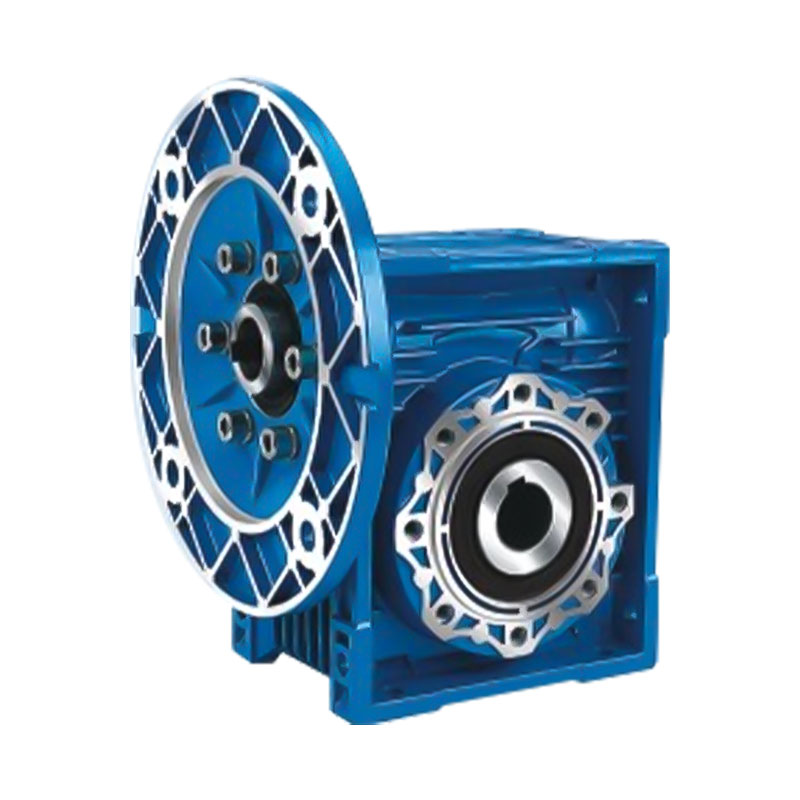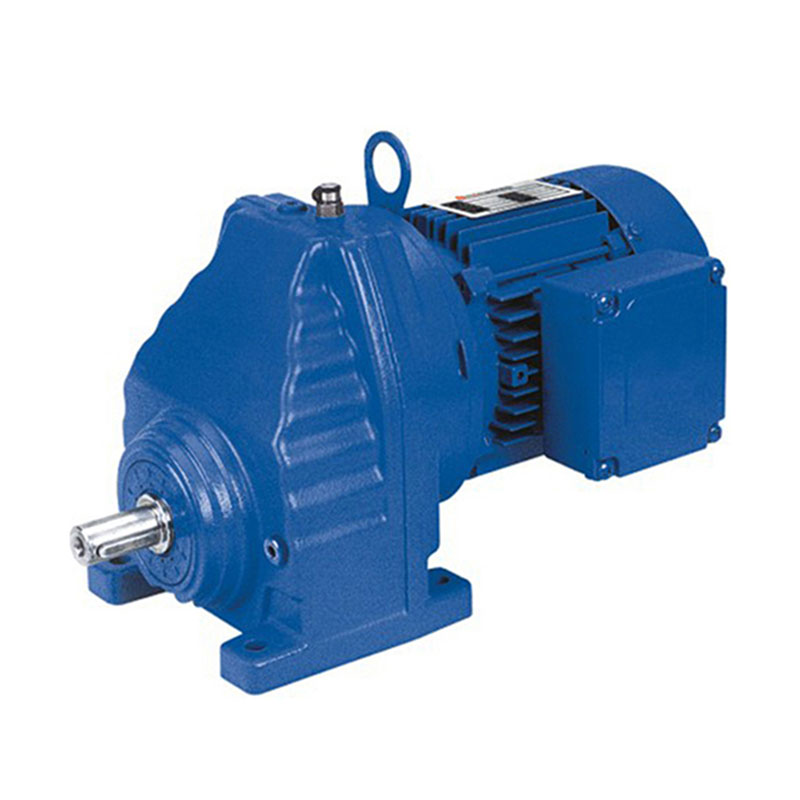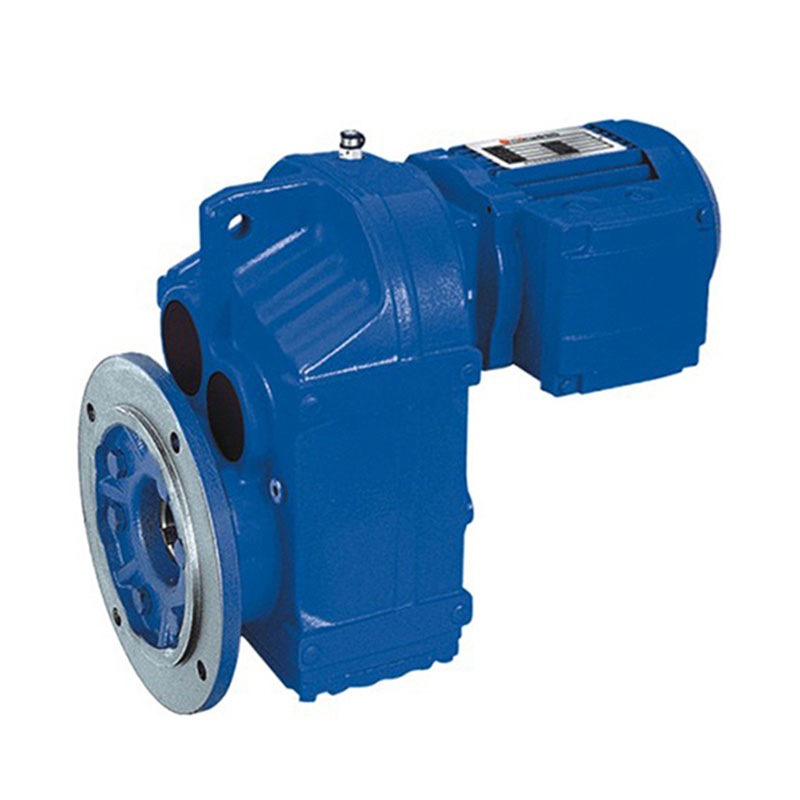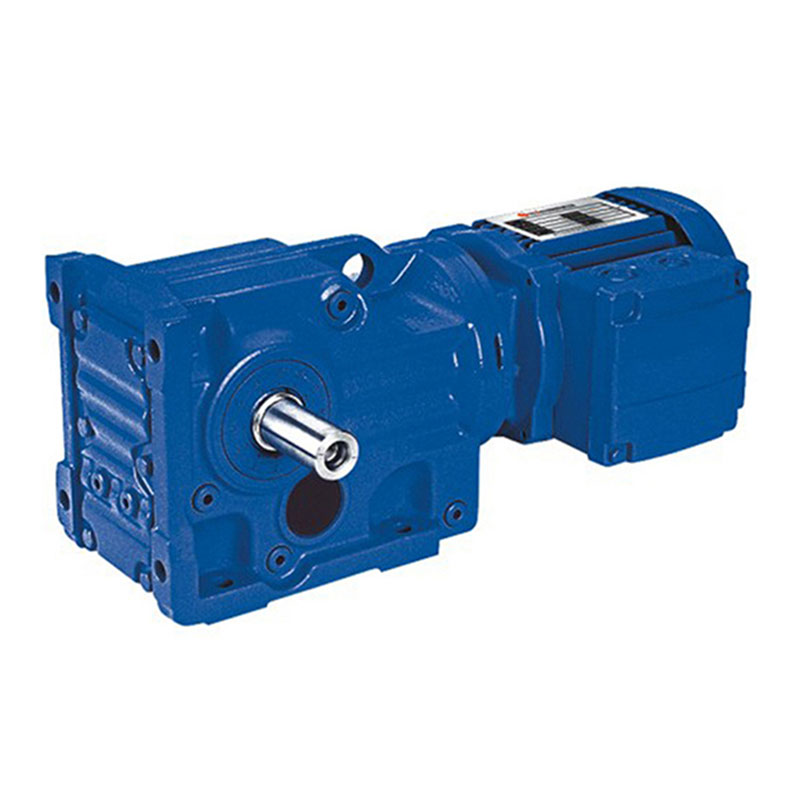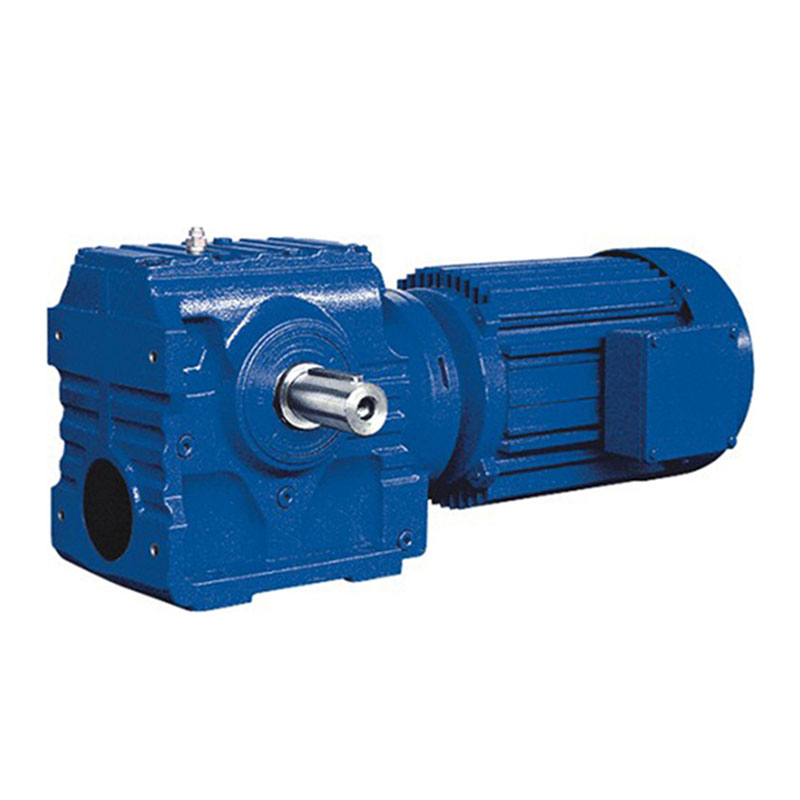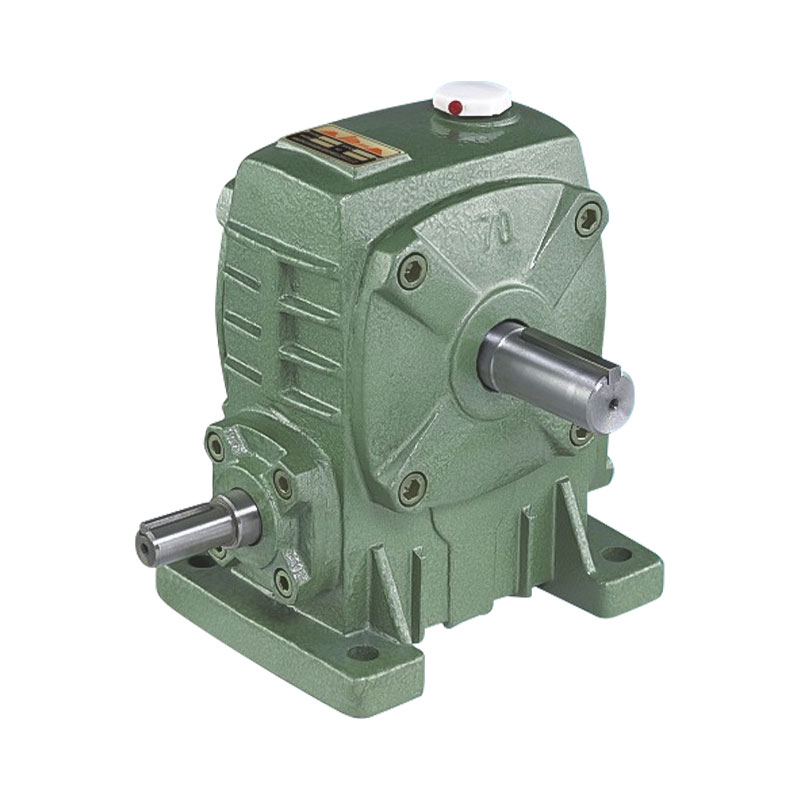How to optimize the life and maintenance strategy of ZYT series permanent magnet DC motor (PMDC)?
ZYT series permanent magnet DC motor (PMDC) is widely used in industrial automation, medical equipment, power tools and other fields due to its simple structure, large starting torque and good speed regulation performance. However, problems such as brush wear, commutation sparks and bearing aging may affect its life. This article provides practical strategies to extend the life of ZYT motors from three dimensions: design optimization, daily maintenance and fault prevention.
1. Analysis of key life influencing factors
The life of ZYT motors is mainly restricted by the following factors:
Brush and commutator wear: Mechanical friction and arc corrosion between carbon brushes and copper commutators are the main loss points.
Bearing failure: Insufficient lubrication or contamination causes bearing jamming and increased vibration.
Excessive temperature rise: Overheating of windings accelerates insulation aging and permanent magnets may demagnetize.
Environmental factors: Dust, moisture and corrosive gases will corrode the internal structure of the motor.
2. Six measures to optimize life
(1) Select high-performance brushes and commutator materials
Use metal graphite brushes (such as silver graphite) to reduce contact resistance and sparks.
The commutator surface can be plated with silver or chrome to enhance wear resistance.
(2) Optimize lubrication and bearing maintenance
Use high-temperature grease (such as lithium-based grease) and replenish regularly (every 2000-5000 hours).
Sealed bearings (such as ZZ or 2RS models) are dust and moisture-proof. Ceramic bearings can be used instead in harsh environments.
(3) Control temperature rise and heat dissipation management
Avoid long-term overload operation and ensure that the heat dissipation air duct is unobstructed.
In high-temperature environments, a cooling fan can be installed or a forced air-cooled ZYT motor can be selected.
(4) Reduce commutation sparks
Adjust the brush spring pressure (usually 0.02-0.04MPa). Too much pressure will accelerate wear, and too little pressure will cause poor contact.
Install an RC arc suppression circuit or a varistor to suppress peak voltage.
(5) Dust and moisture-proof treatment
Use motors with IP54 or above protection level in dusty places, or install protective covers.
In humid environments, metal parts can be treated with anti-rust spray regularly.
(6) Regular inspection and preventive maintenance
Monthly inspection: remaining length of brushes (replace when worn to 1/3), abnormal noise of bearings, and vibration value.
Annual maintenance: clean carbon deposits on commutator (use alcohol or special cleaning agent), measure winding insulation resistance (≥1MΩ).
3. Common faults and coping strategies
ZYT series permanent magnet DC motors may encounter various faults during long-term operation. Timely diagnosis and taking correct measures can effectively reduce downtime. The following is a detailed description of typical fault phenomena, possible causes and solutions:
(1) Severe motor heating
Possible causes:
Long-term overload operation, excessive current.
Poor heat dissipation (such as fan damage, vent blockage).
Partial short circuit of winding or insulation aging.
Solution:
Check whether the load exceeds the rated value and adjust it to a reasonable range.
Clean the motor housing and cooling duct to ensure air circulation.
Use an infrared thermometer to monitor the temperature rise. If the temperature rise continues to be abnormal, check the winding resistance.
(2) Excessive brush sparks
Possible causes:
Excessive brush wear and poor contact.
Commutator surface oxidation, carbon deposition or scratches.
Insufficient or excessive brush spring pressure.
Solution:
Replace brushes of the same specification (replace when the remaining length is less than 1/3 of the original).
Clean the commutator surface with fine sandpaper or special polishing tools.
Adjust the spring pressure to the standard value (usually 0.02~0.04 MPa).
(3) Abnormal bearing noise or jamming
Possible causes:
Grease drying or contamination.
Bearing wear, deformation or improper installation.
Axial/radial load is too large.
Solution:
Clean the bearing and refill with high-temperature grease (such as lithium-based grease).
Replace damaged bearings (sealed type such as 2RS is recommended).
Check the coupling alignment to avoid extra force.
(4) Unstable speed or jitter
Possible causes:
Power supply voltage fluctuation or poor contact.
Short circuit between commutator segments or partial open circuit of winding.
Sudden mechanical load change (such as transmission component stuck).
Solution:
Use a multimeter to detect the stability of the power supply voltage and eliminate line problems.
Check whether the insulation between the commutator segments is carbonized and repair if necessary.
Disconnect the load and test without load to confirm whether it is a mechanical problem.
(5) Difficult starting or torque drop
Possible causes:
Partial demagnetization of permanent magnets (caused by high temperature or overcurrent).
Excessive contact resistance of brushes.
Increased bearing resistance (such as lubrication failure).
Solution:
If demagnetization is obvious, return to the factory for magnetization or replace the magnet.
Clean the contact surface between the brush and the commutator to ensure good conductivity.
Check whether the bearing is stuck and relubricate or replace it.



 English
English 中文简体
中文简体 Español
Español













